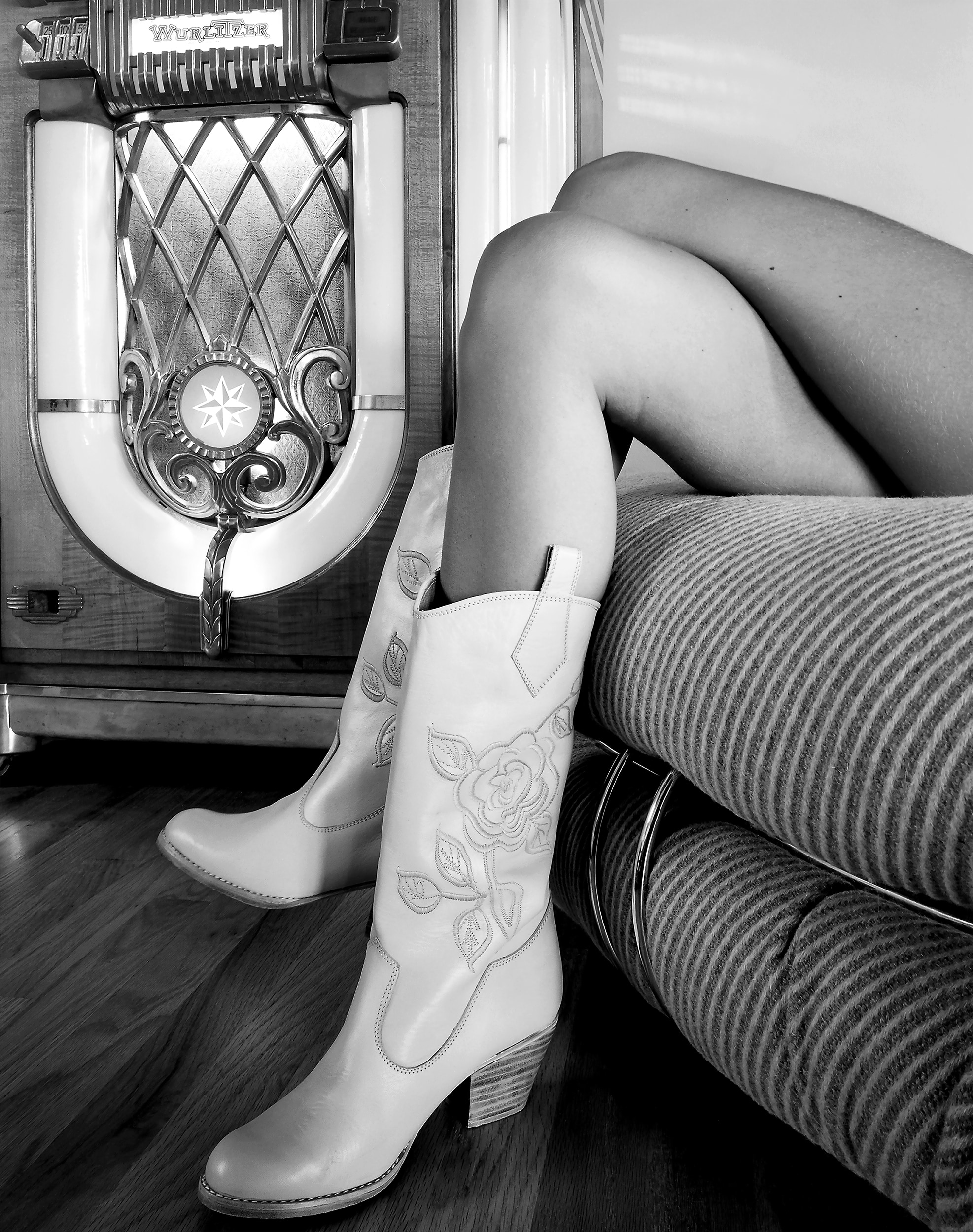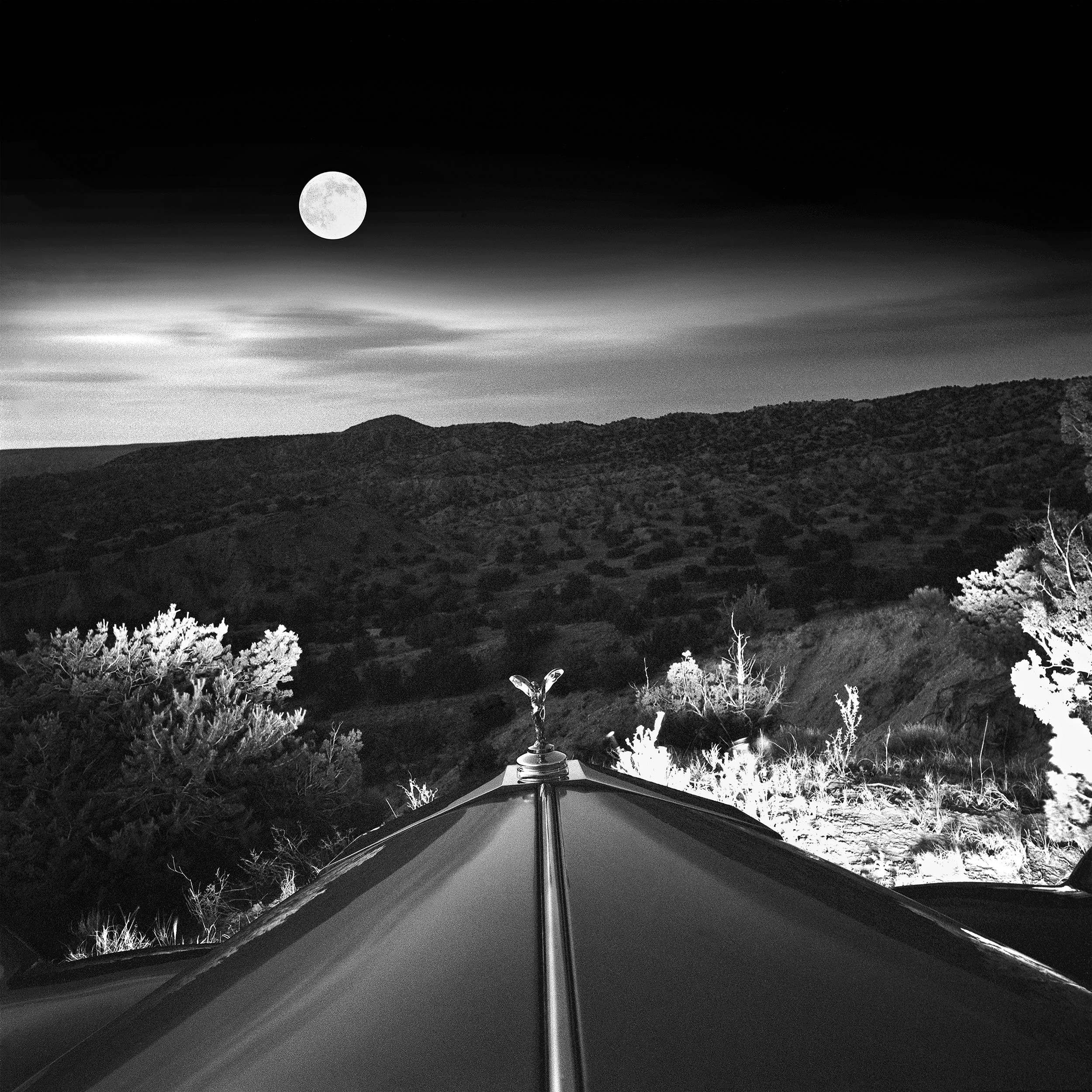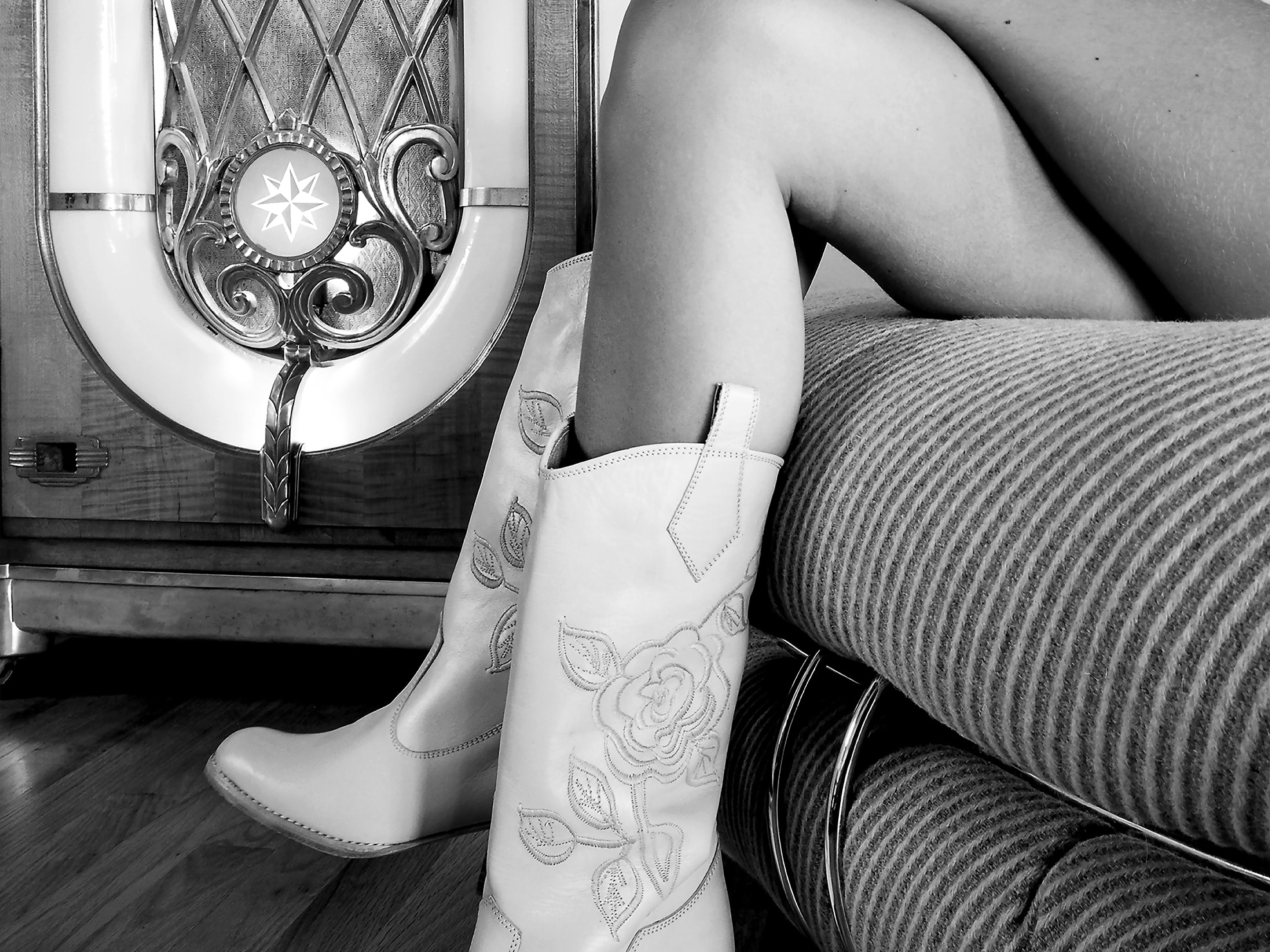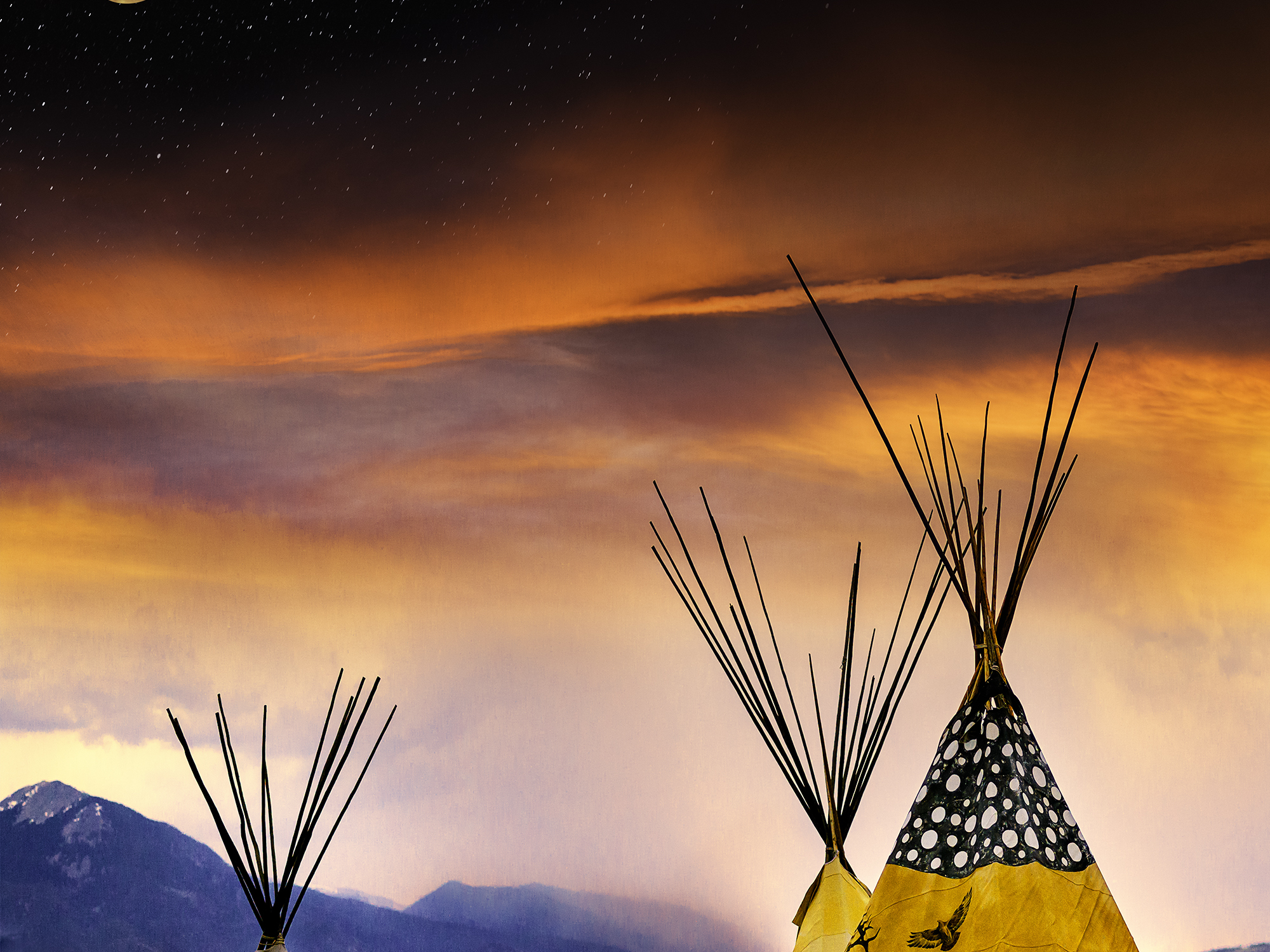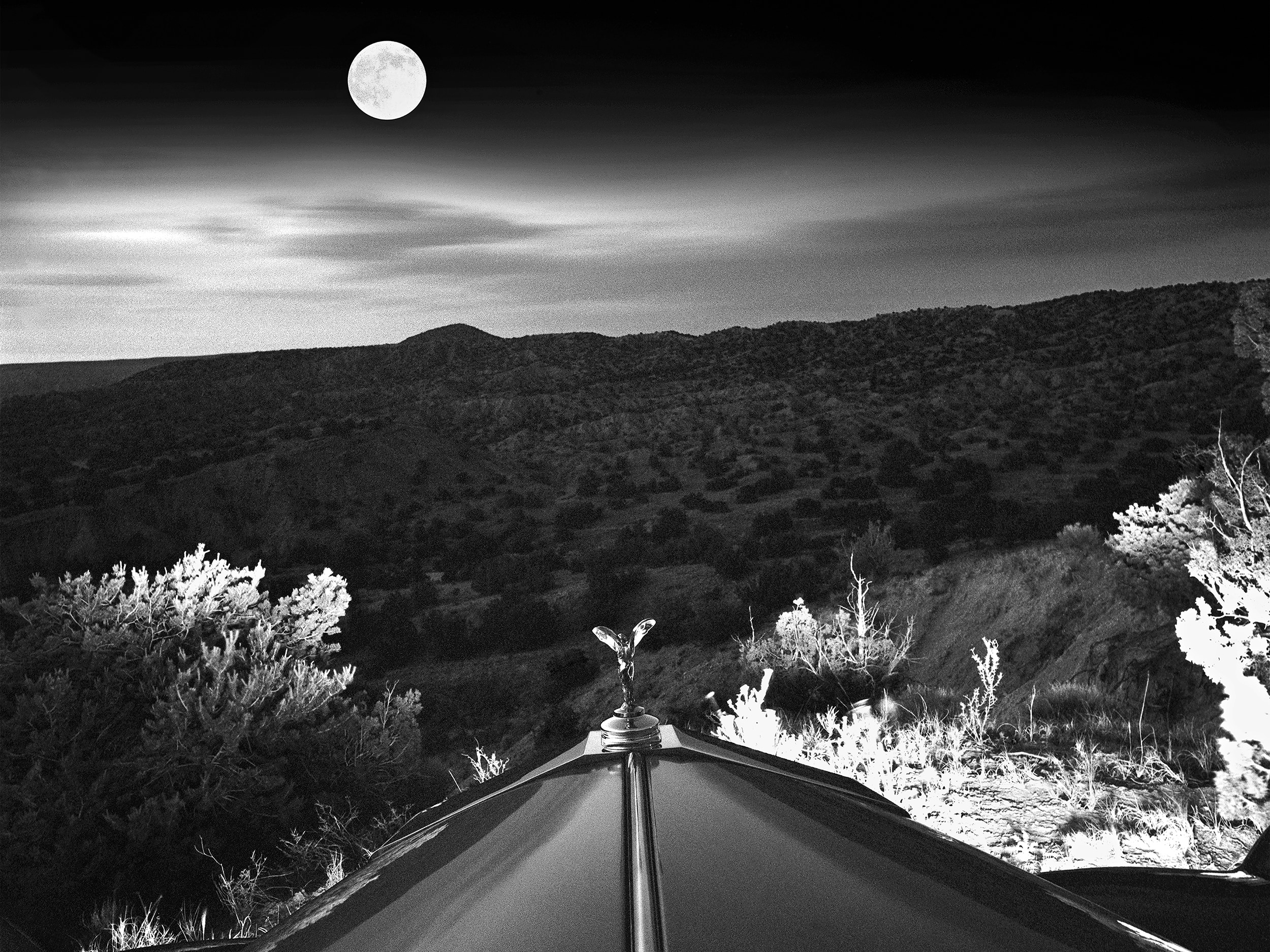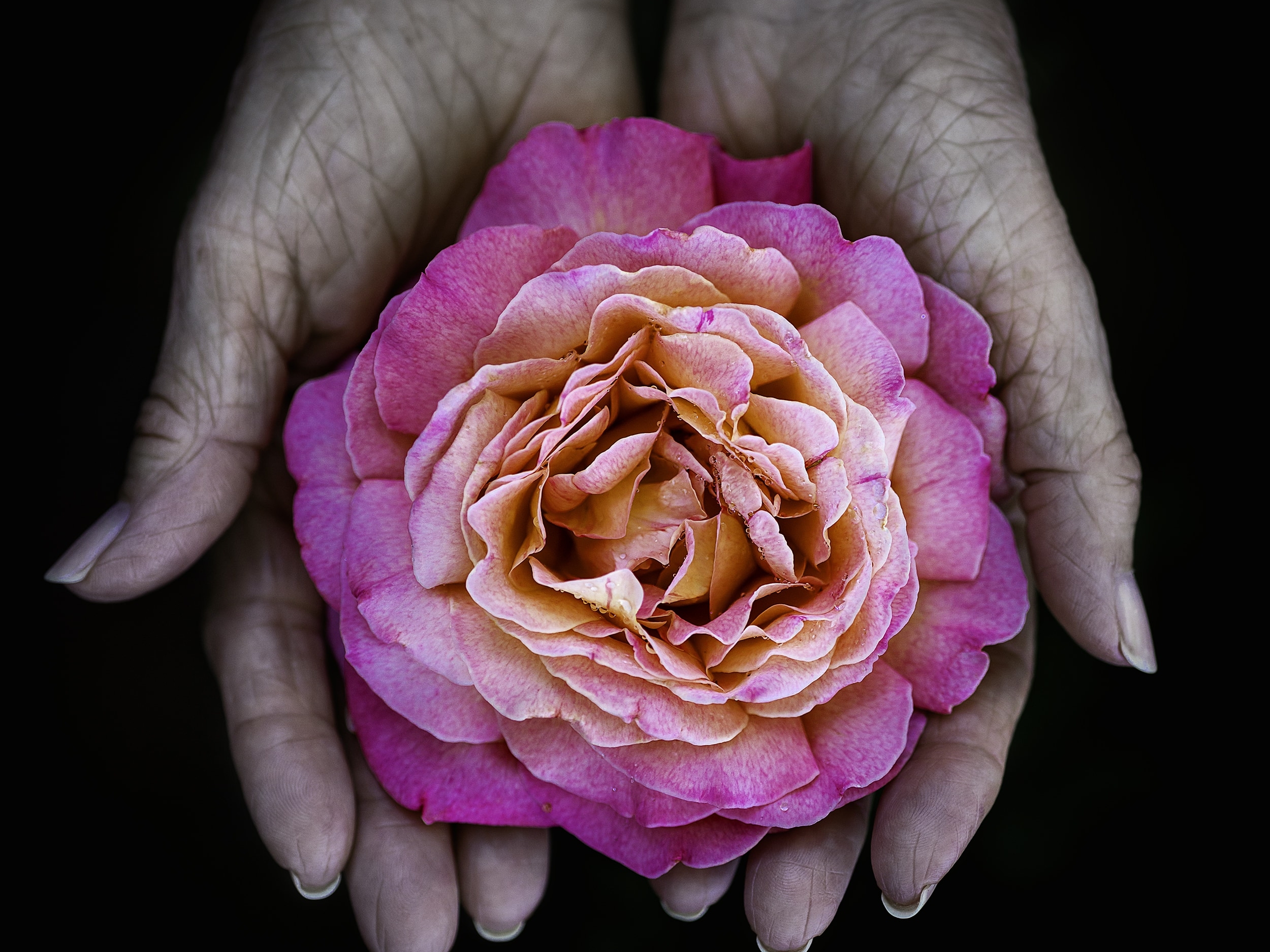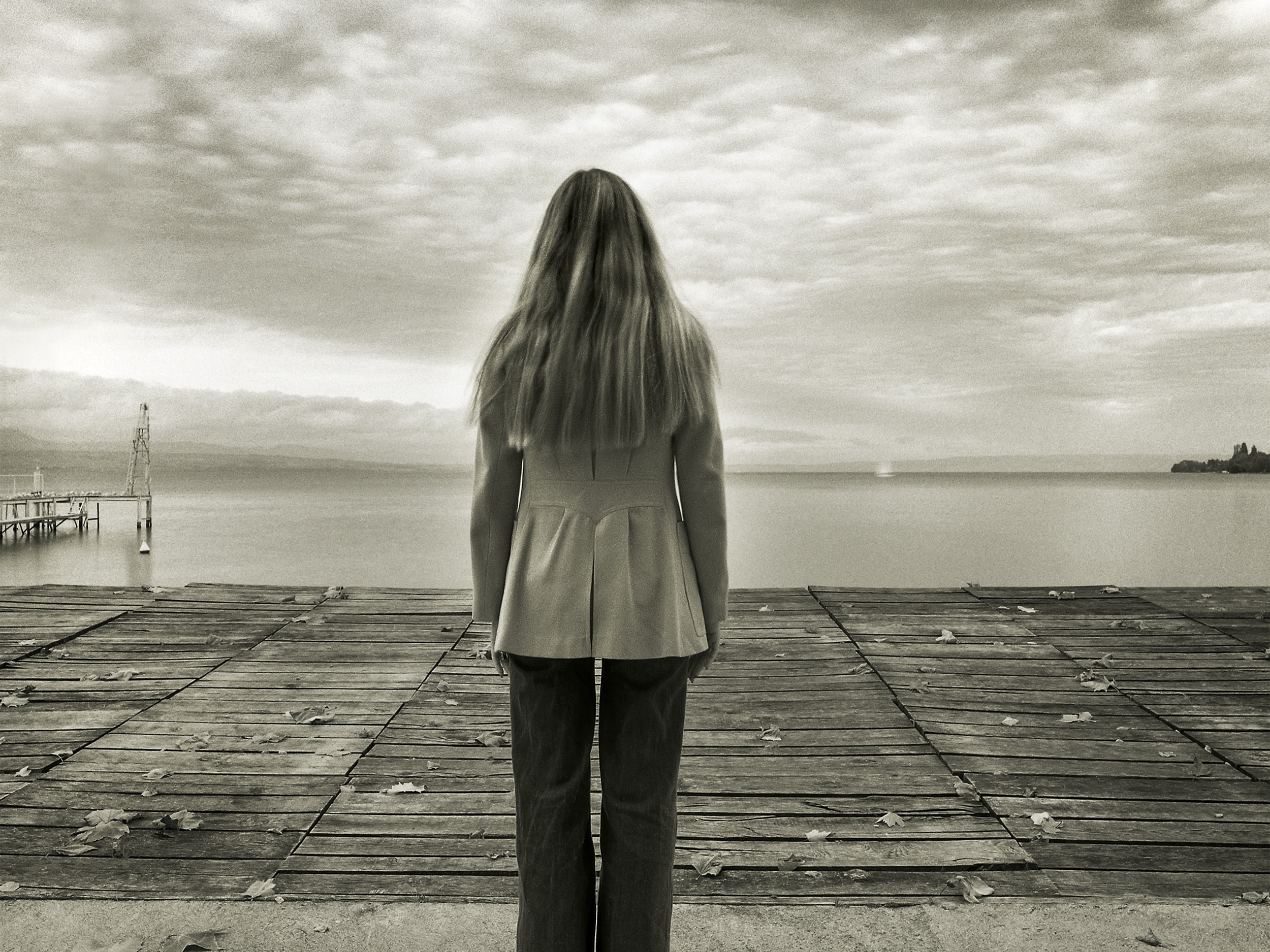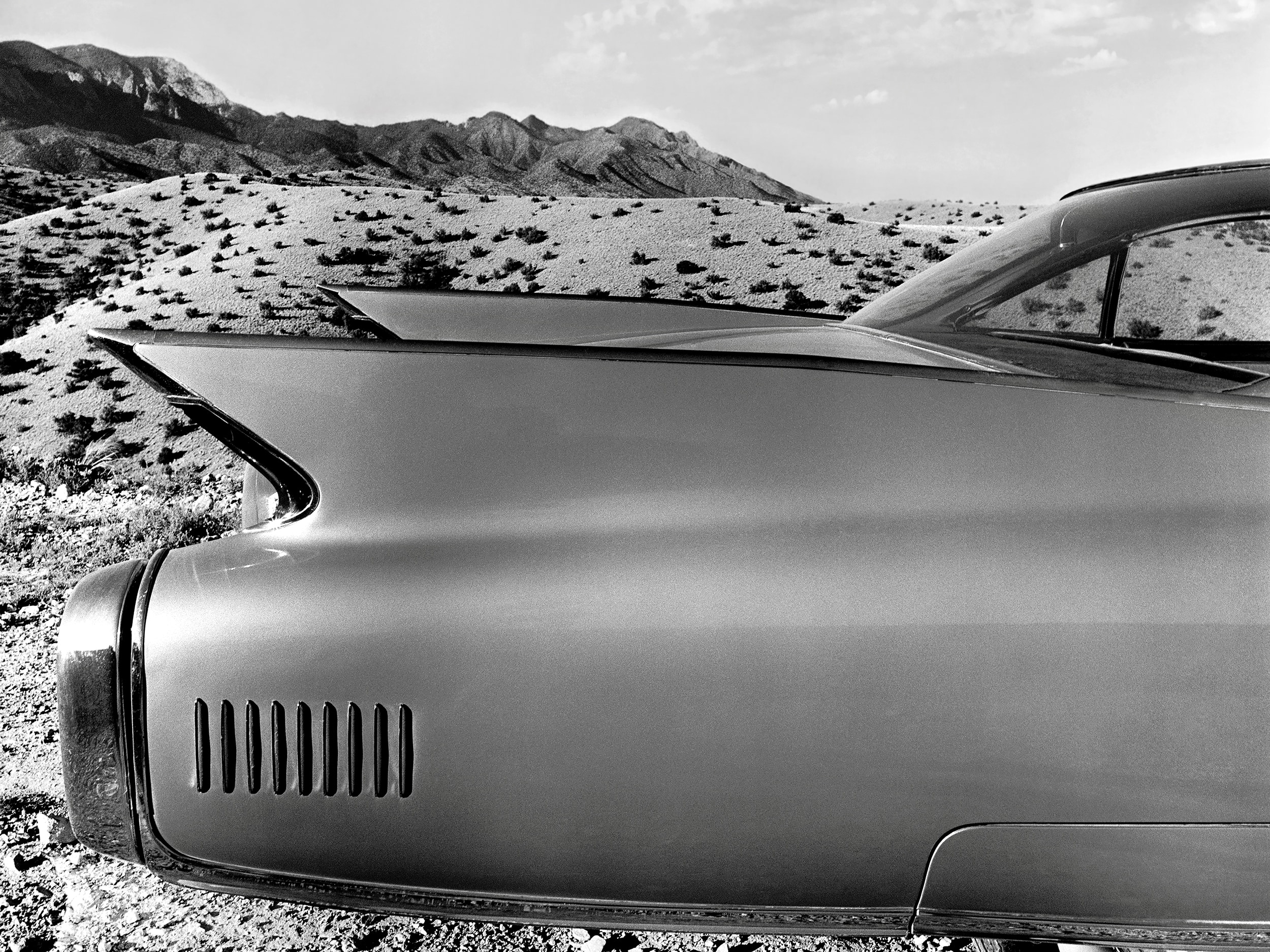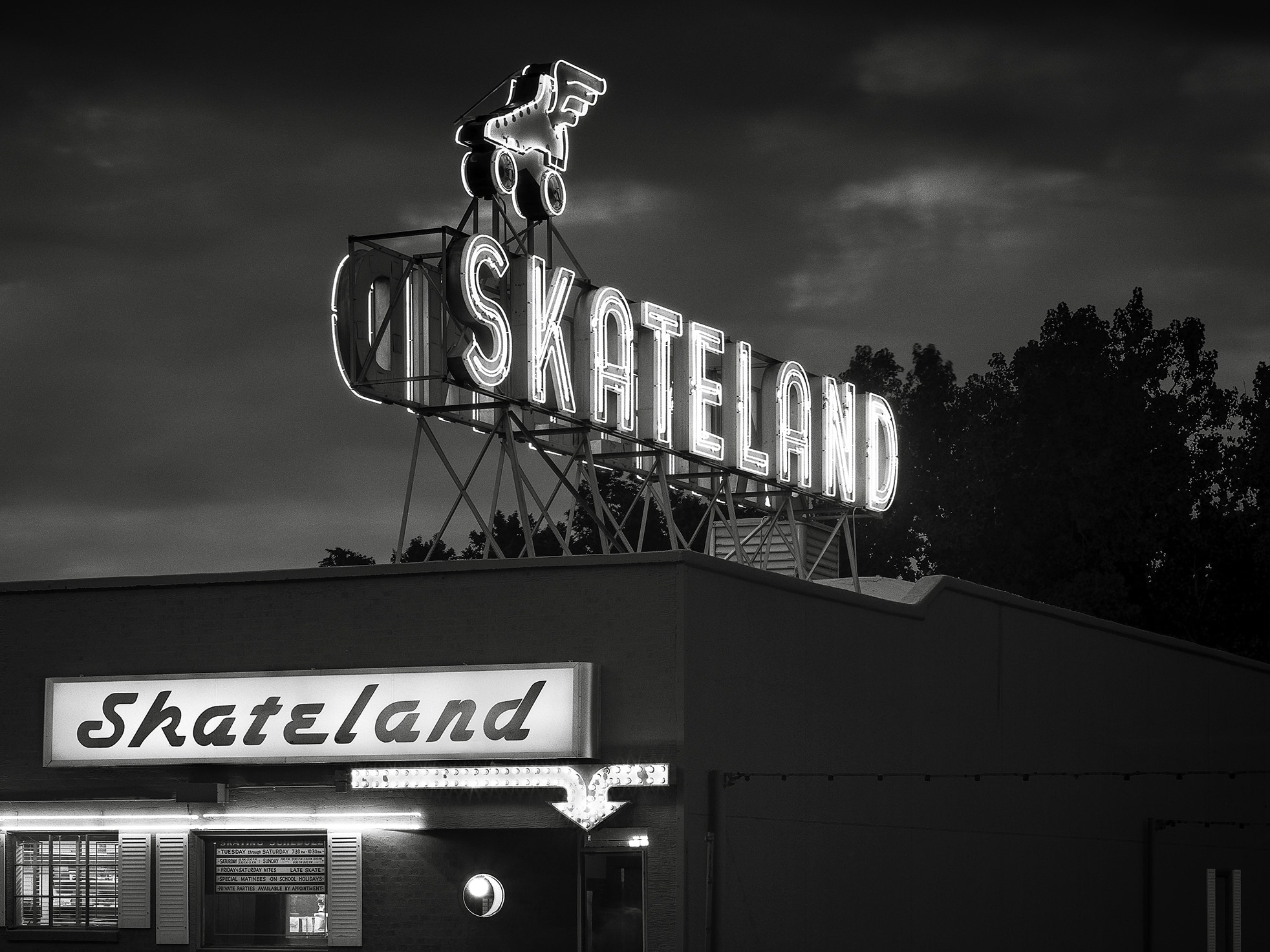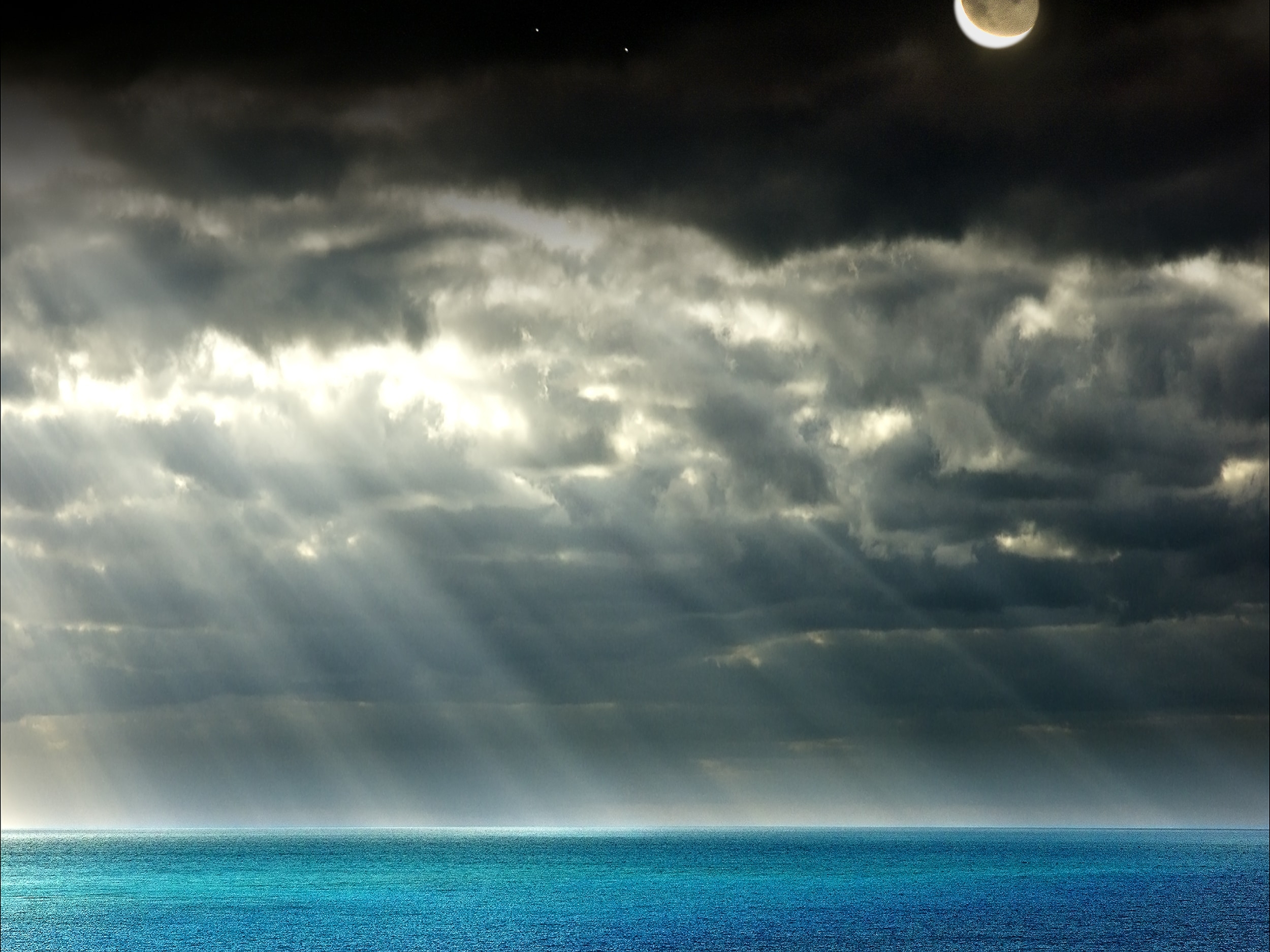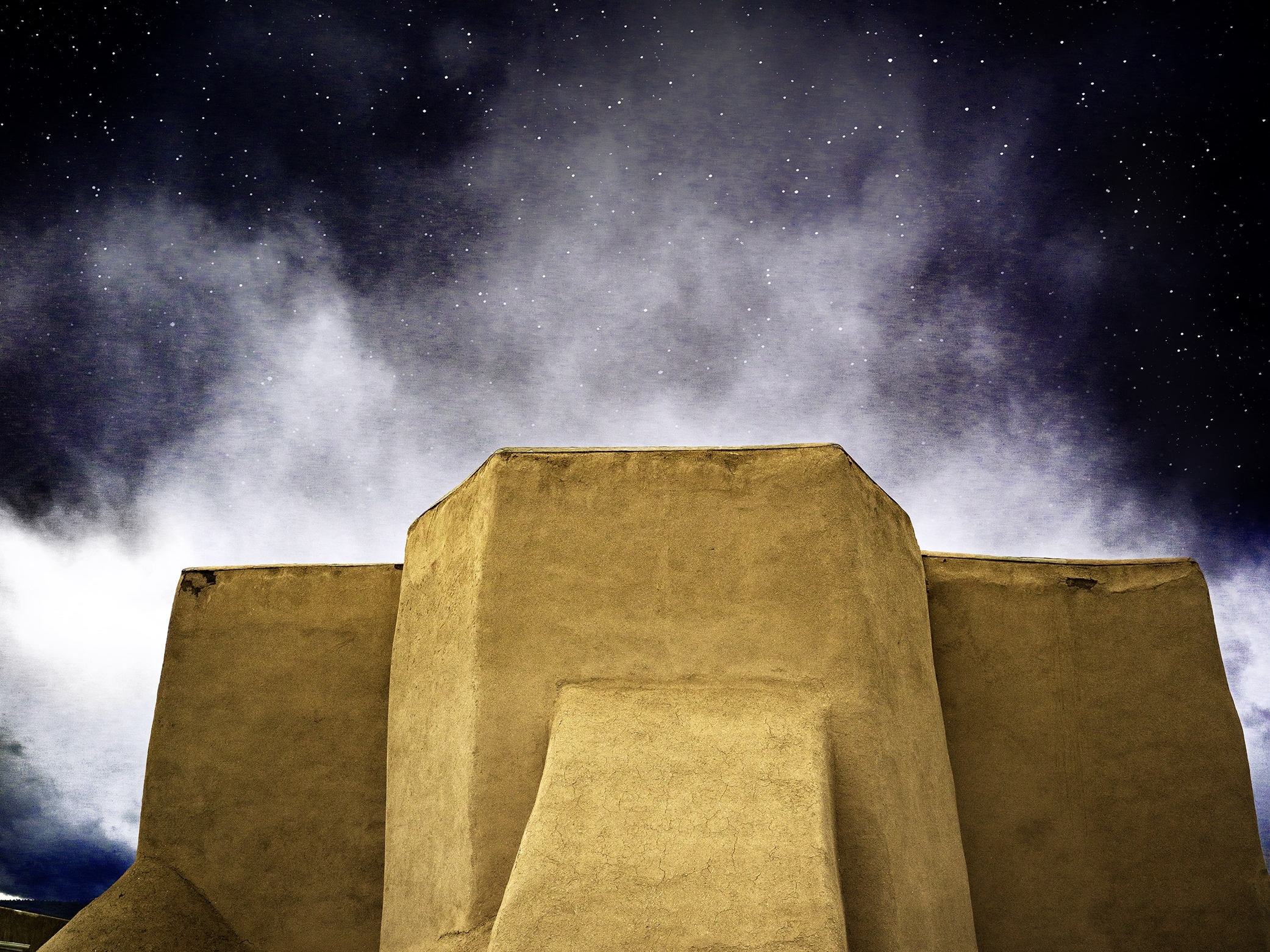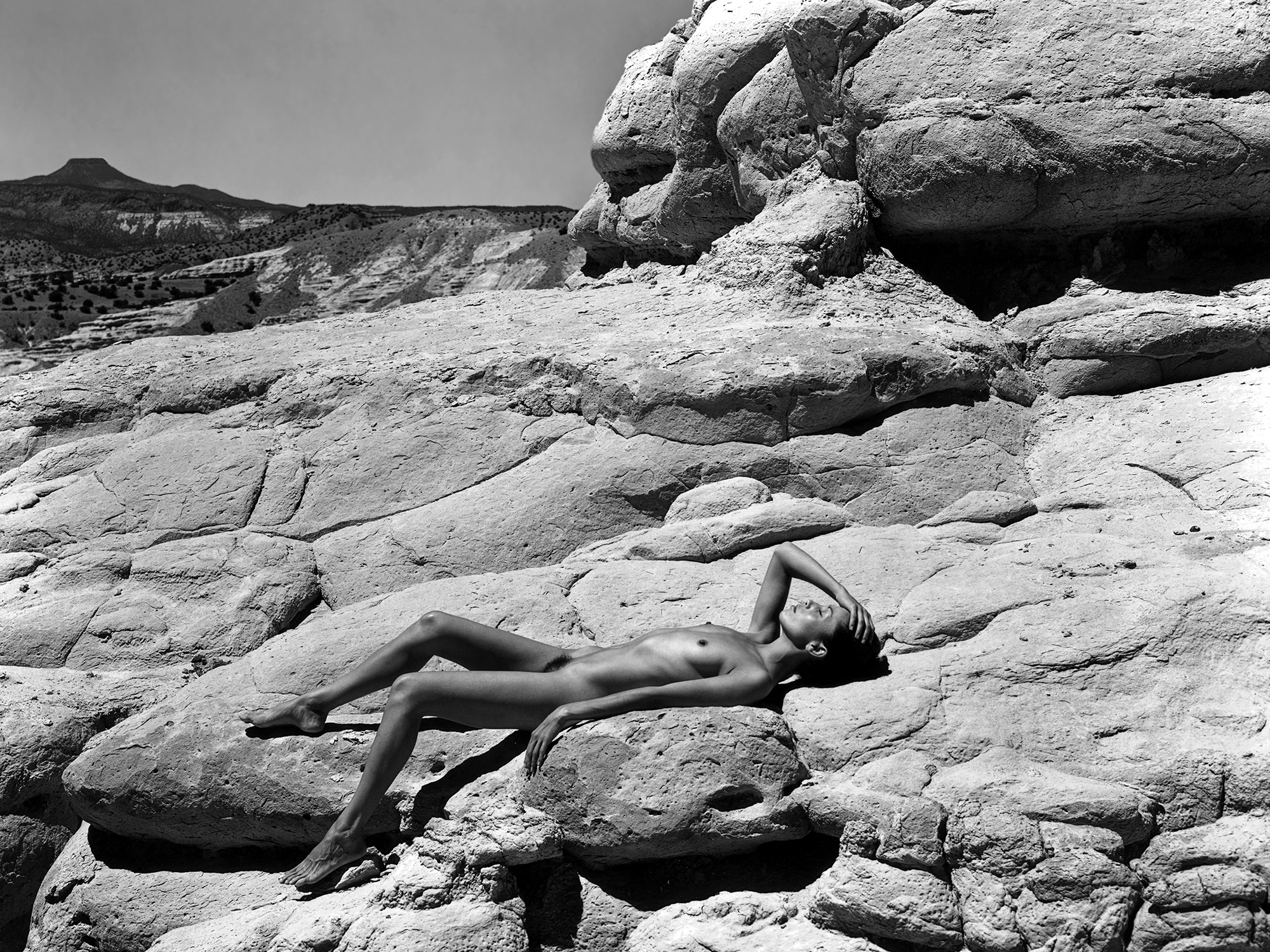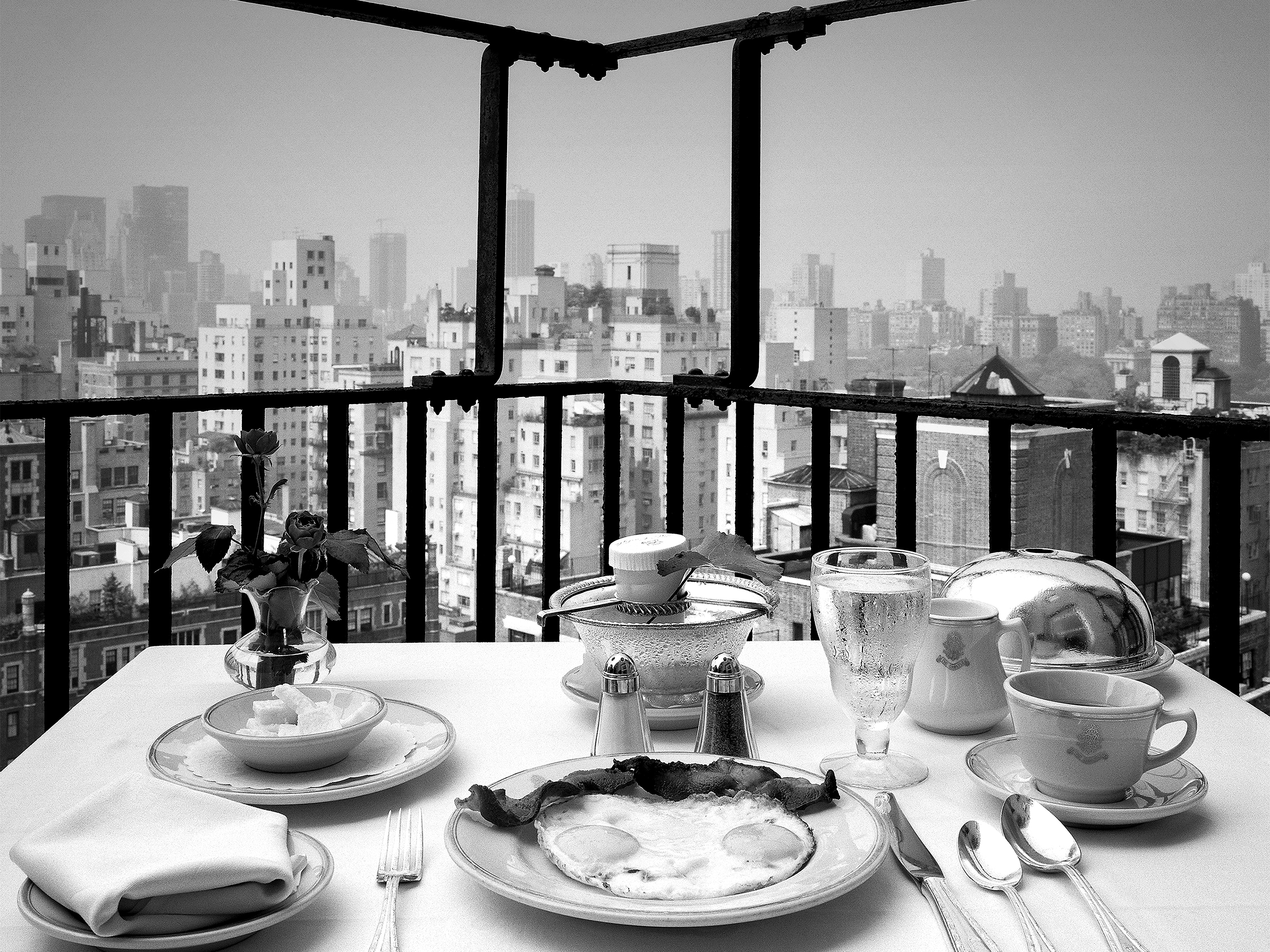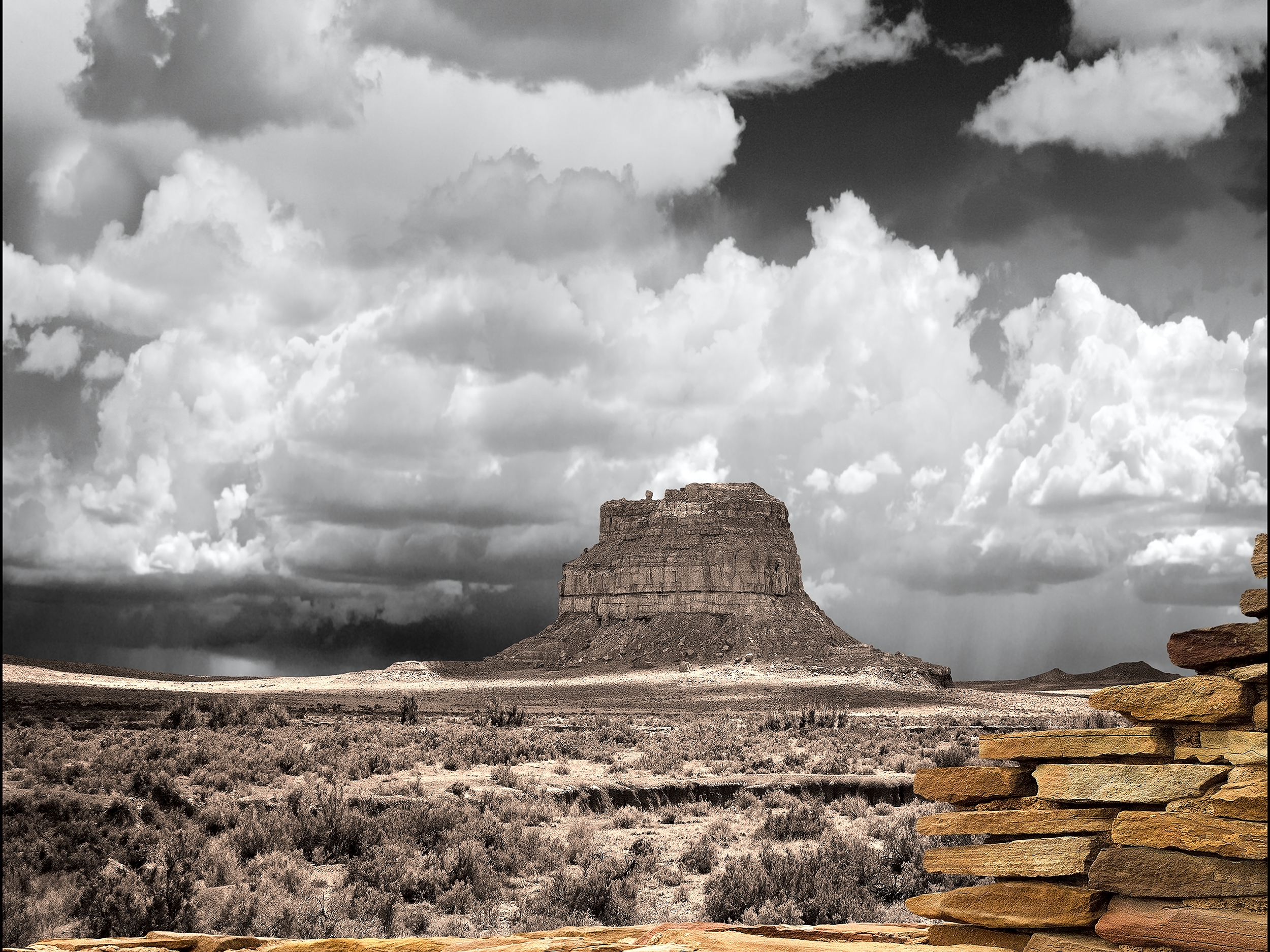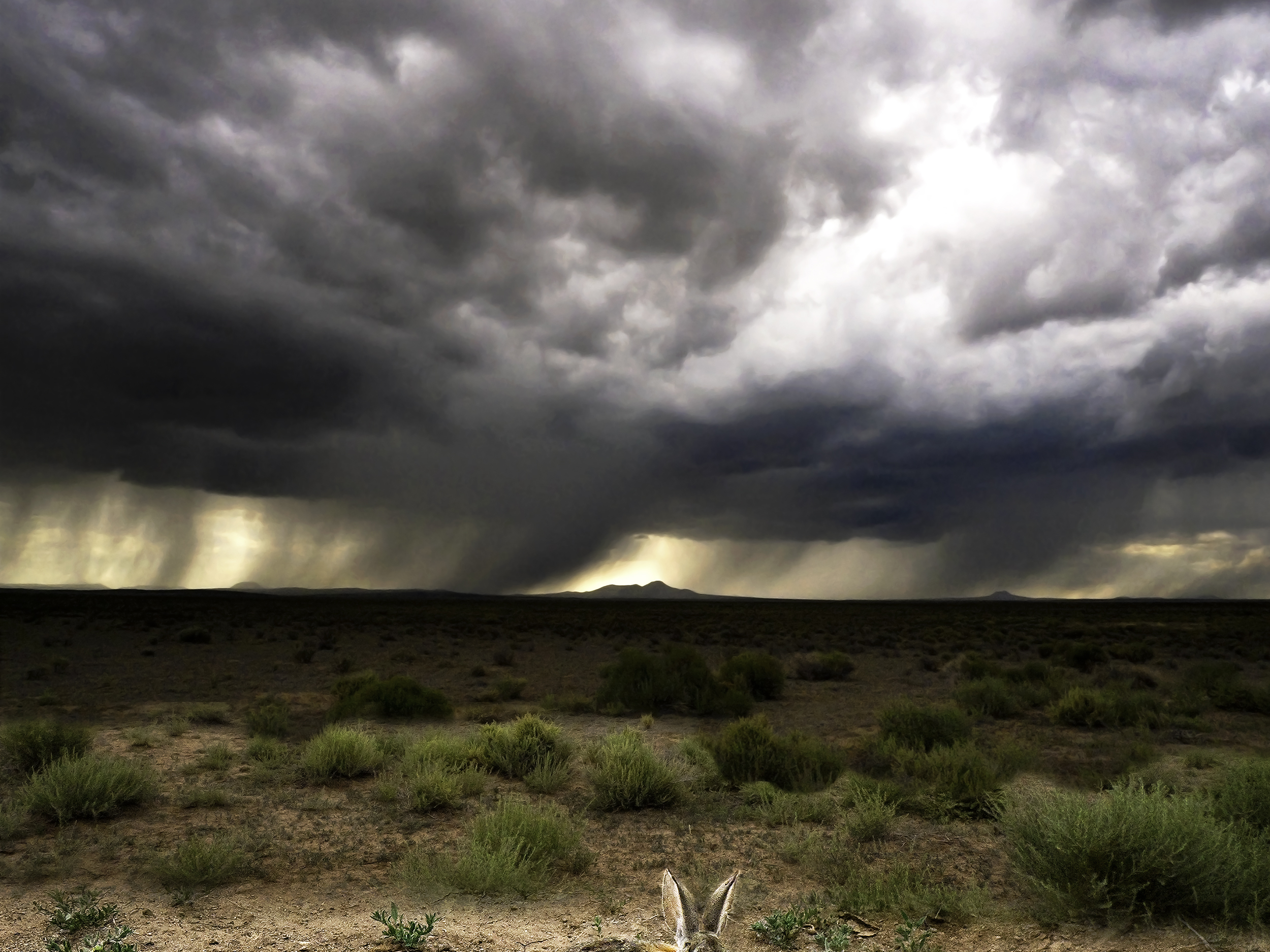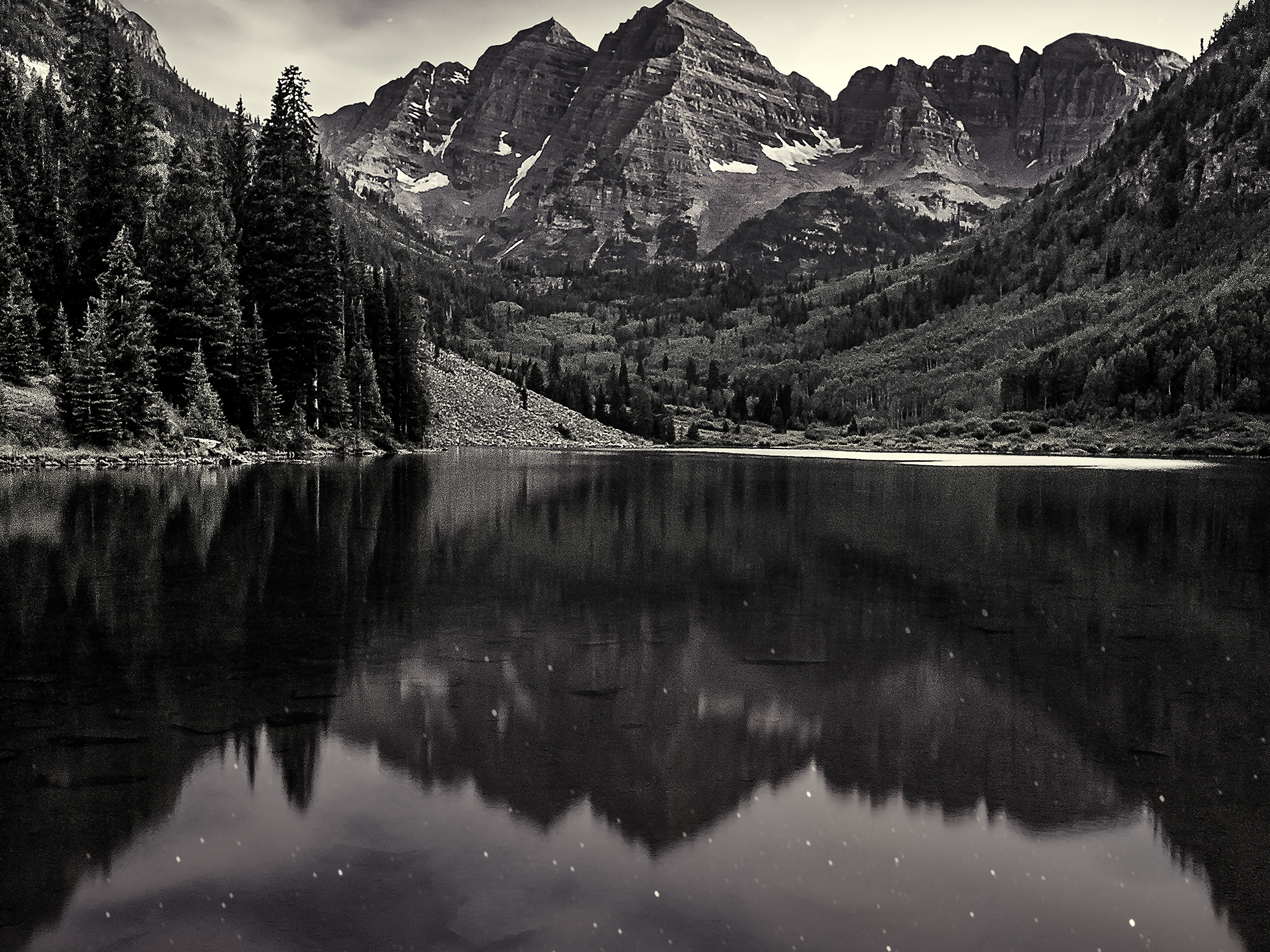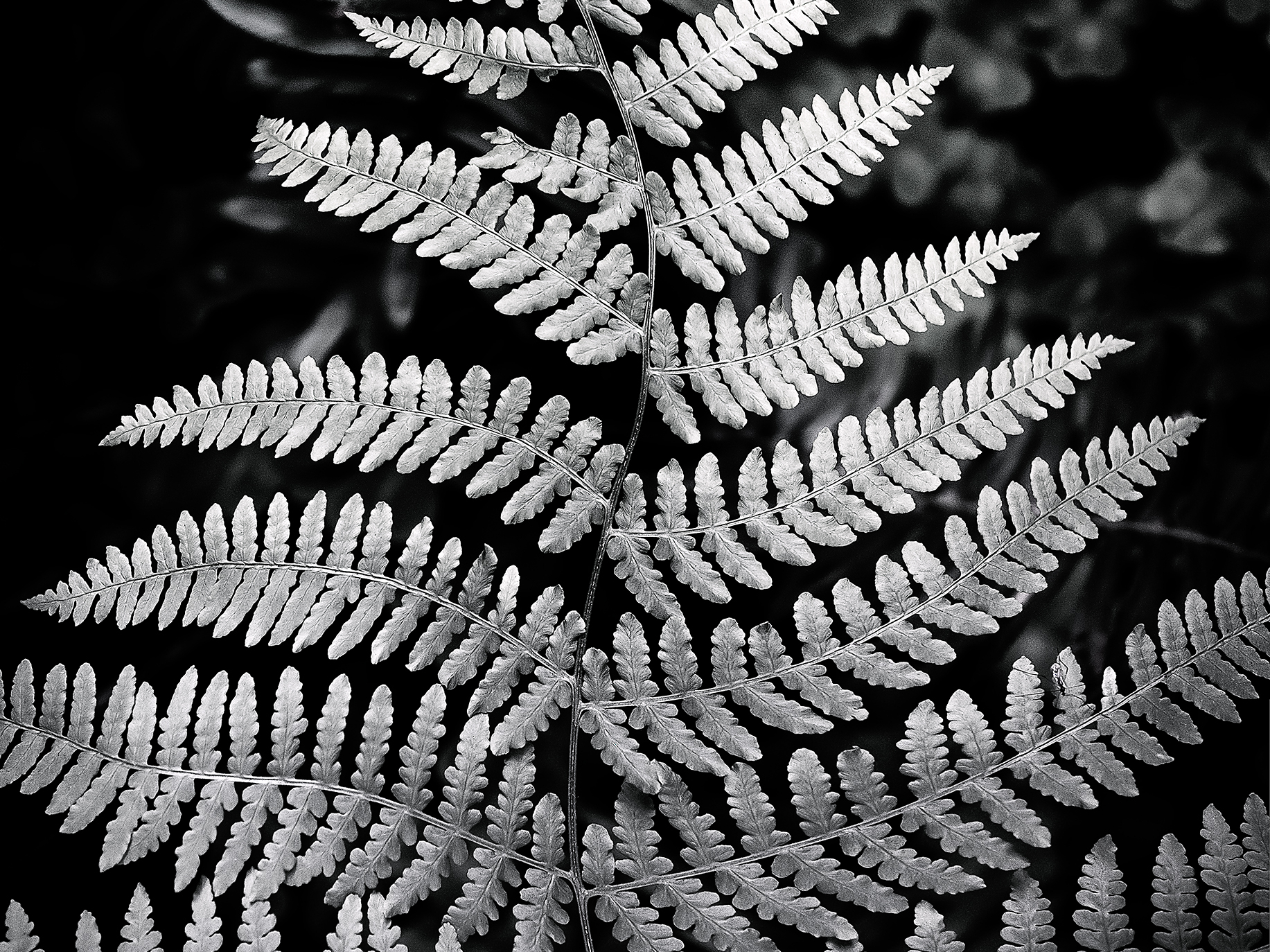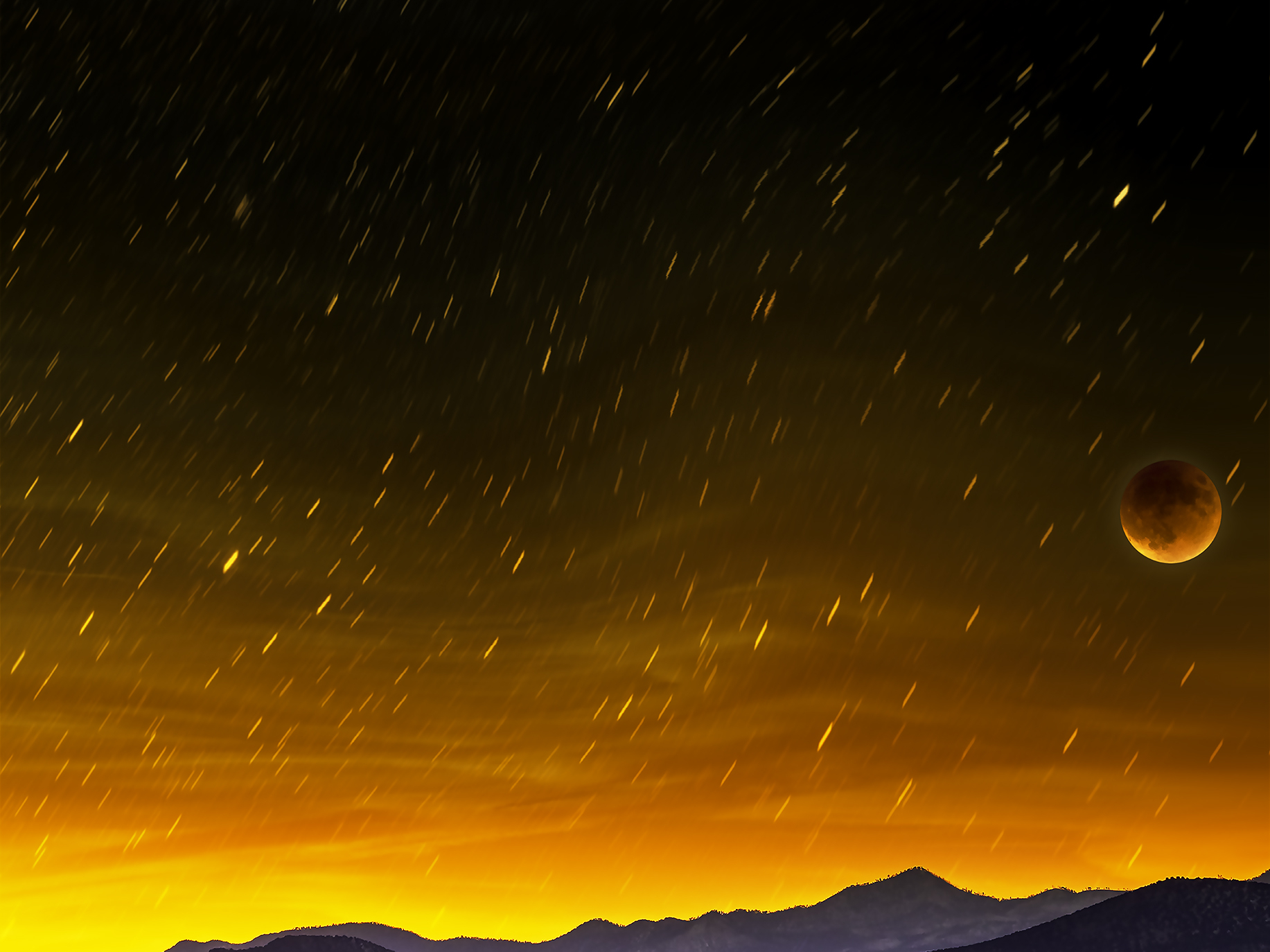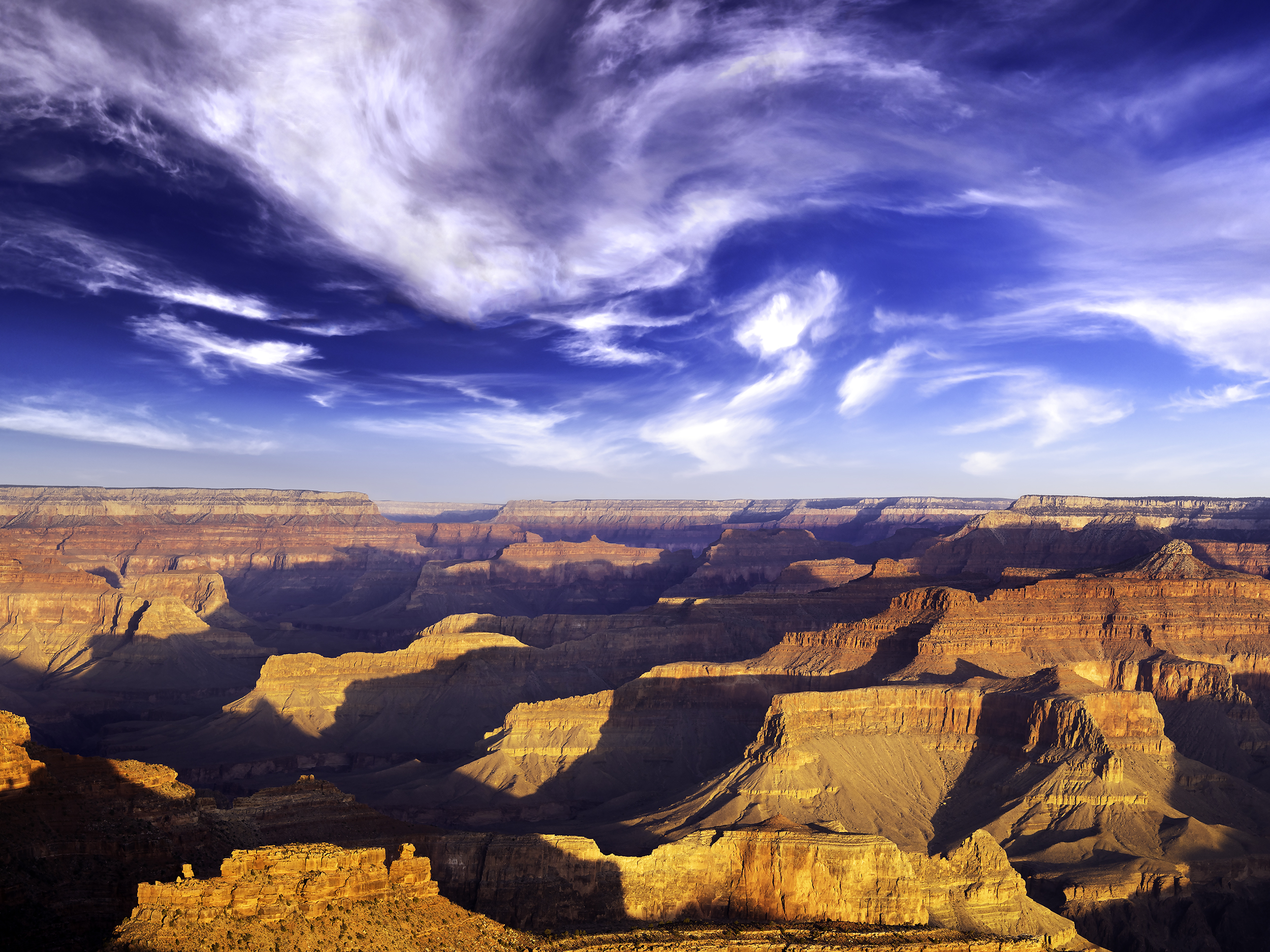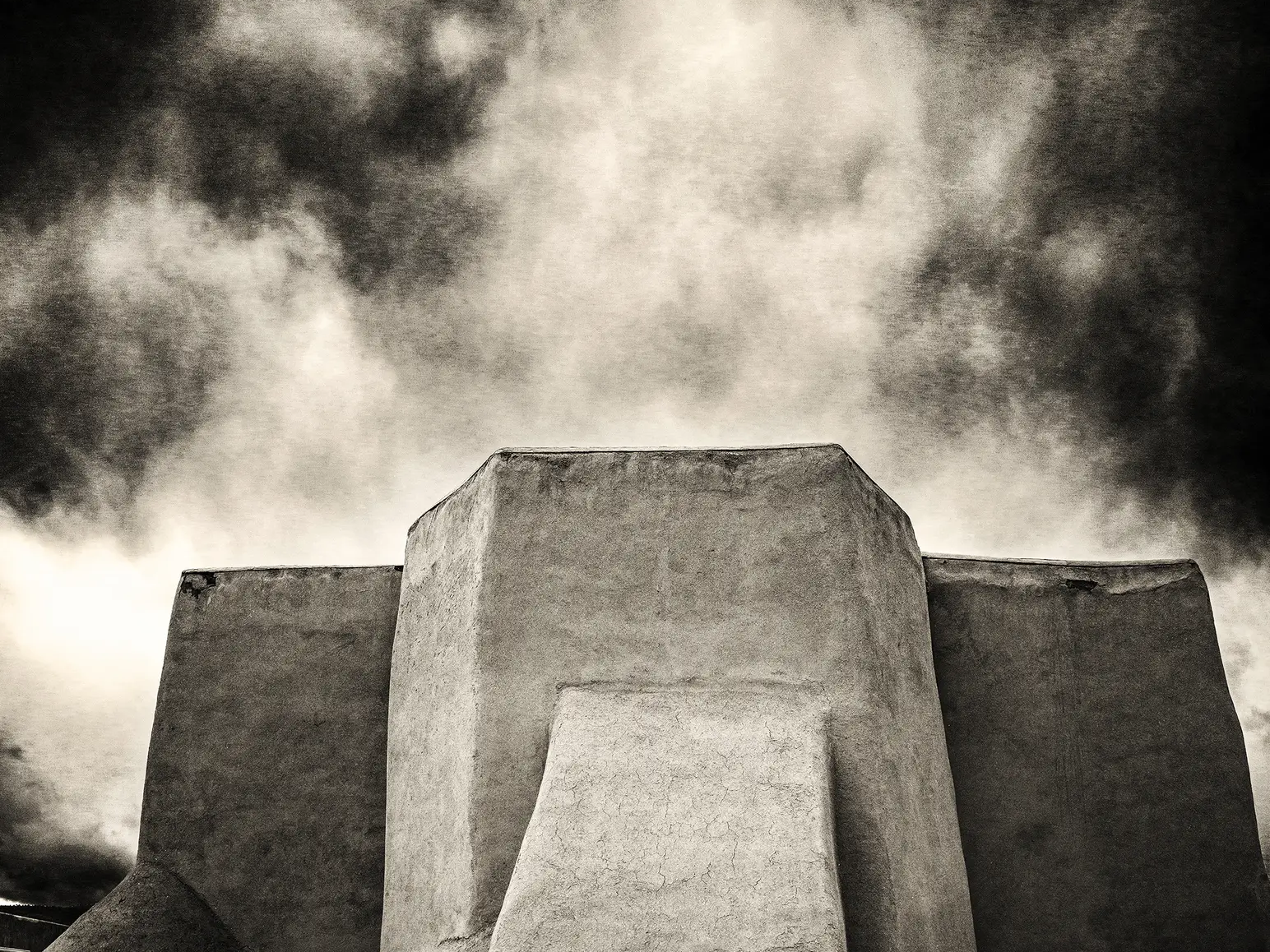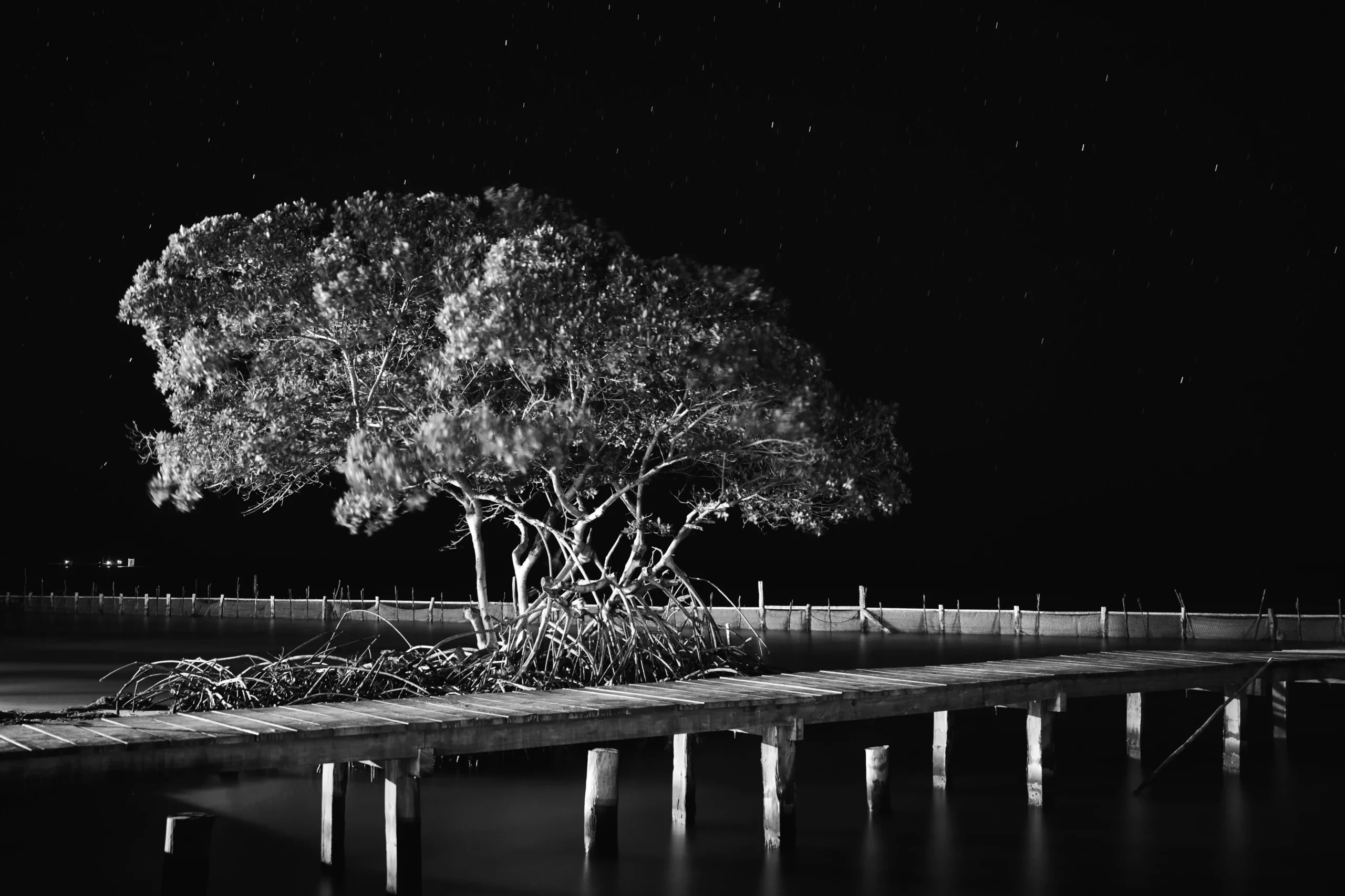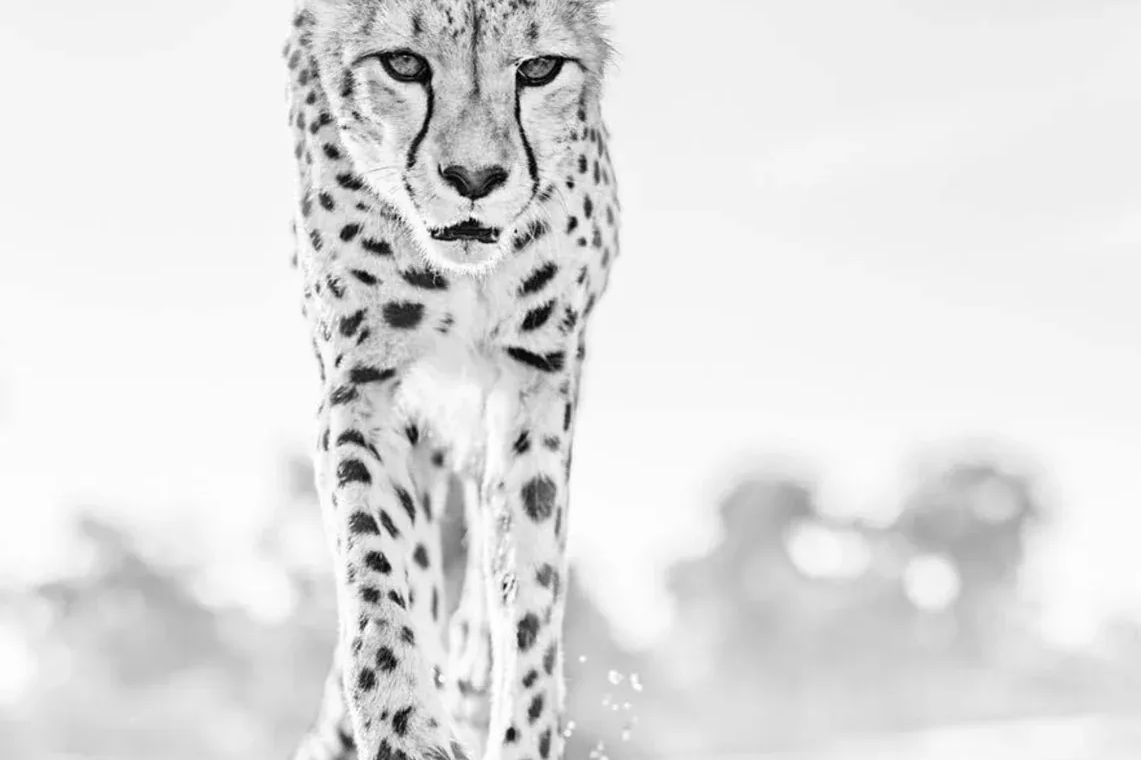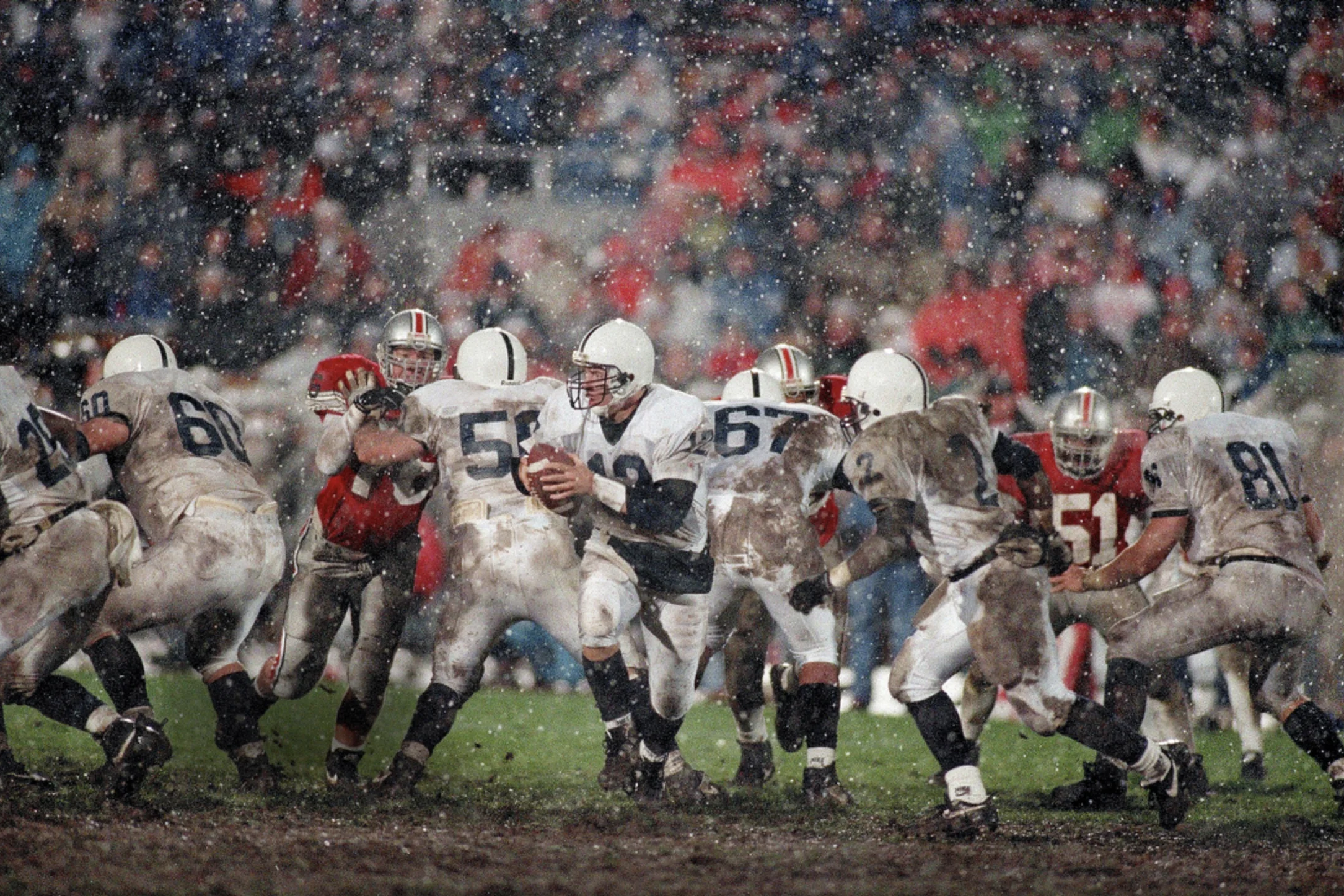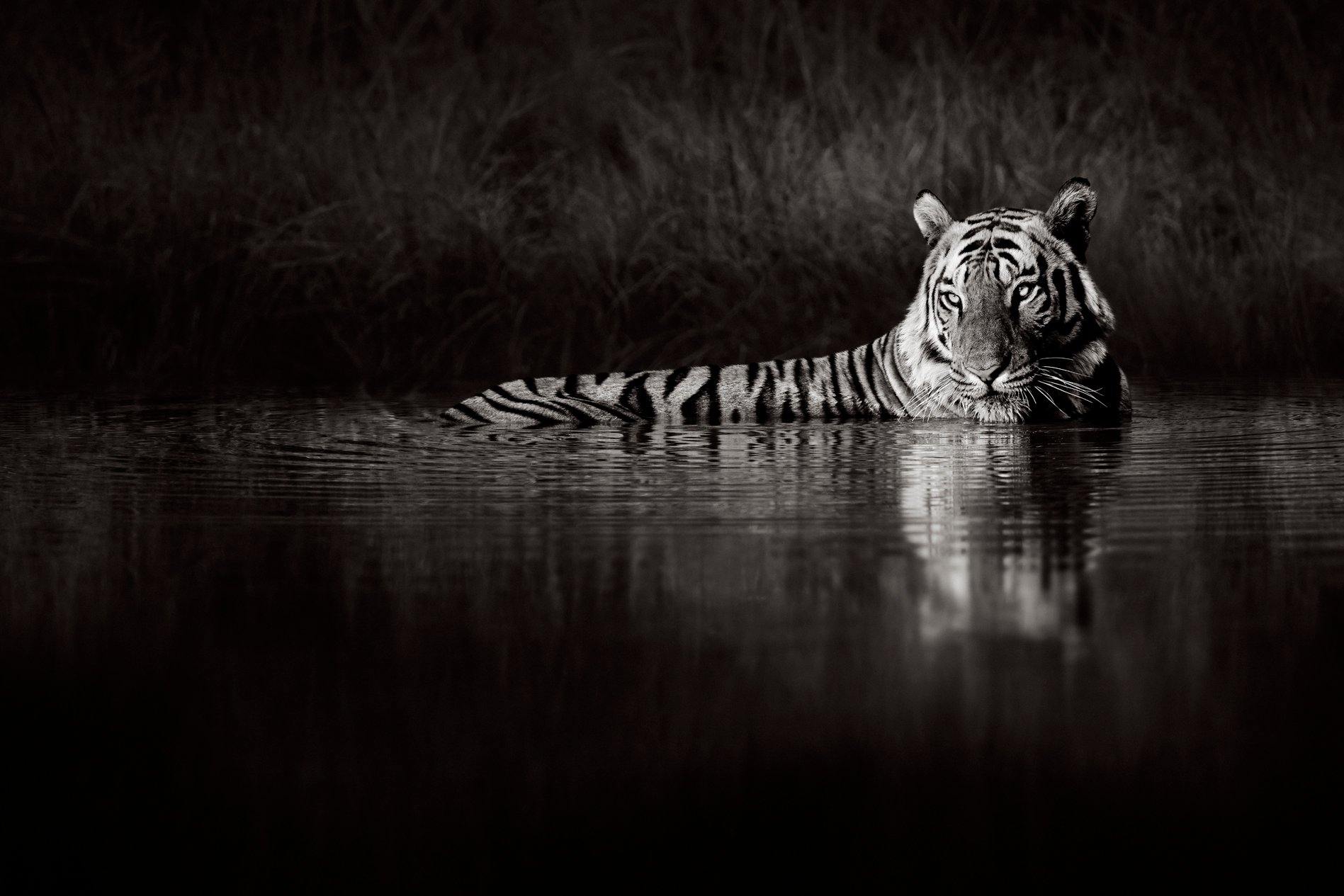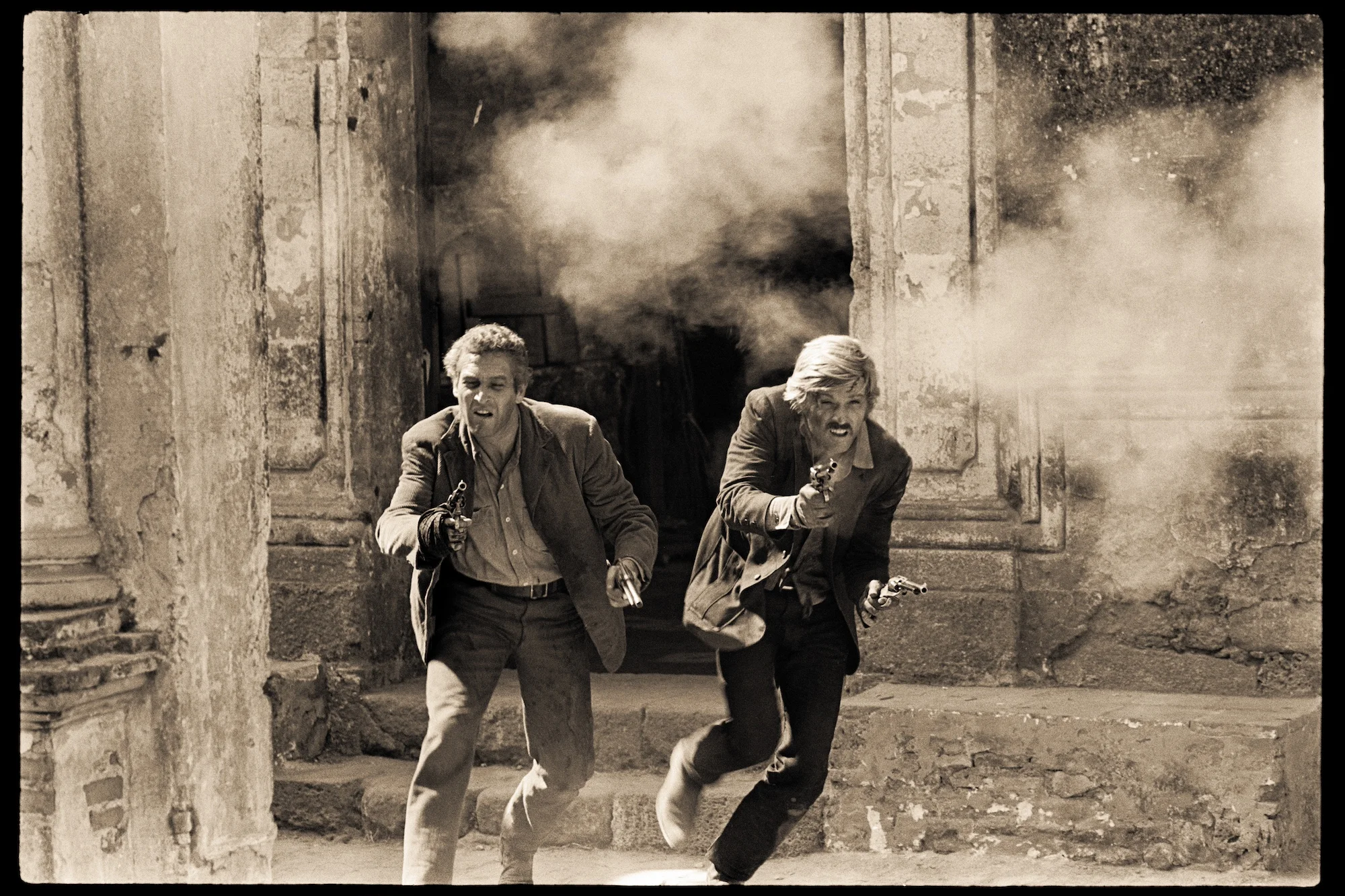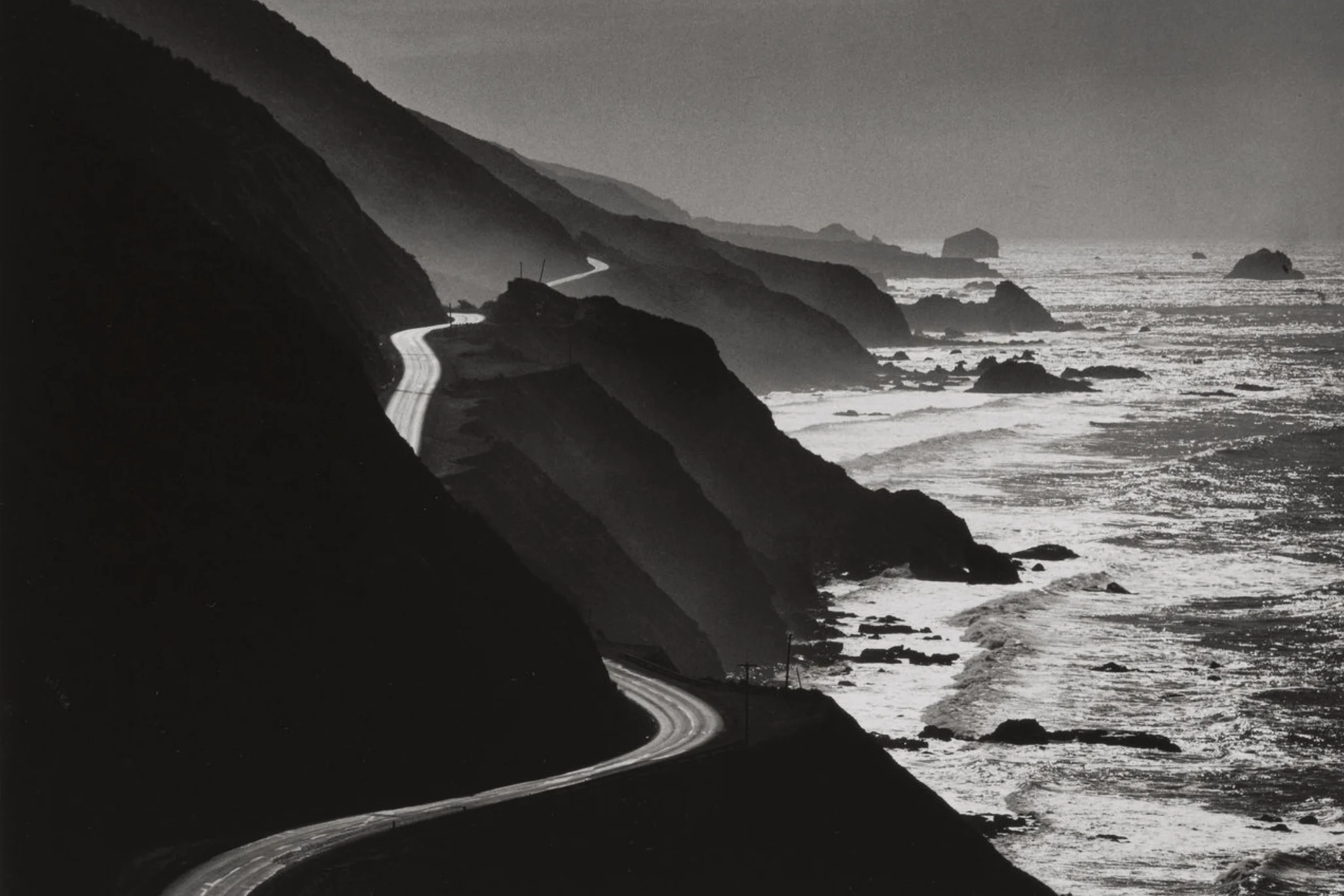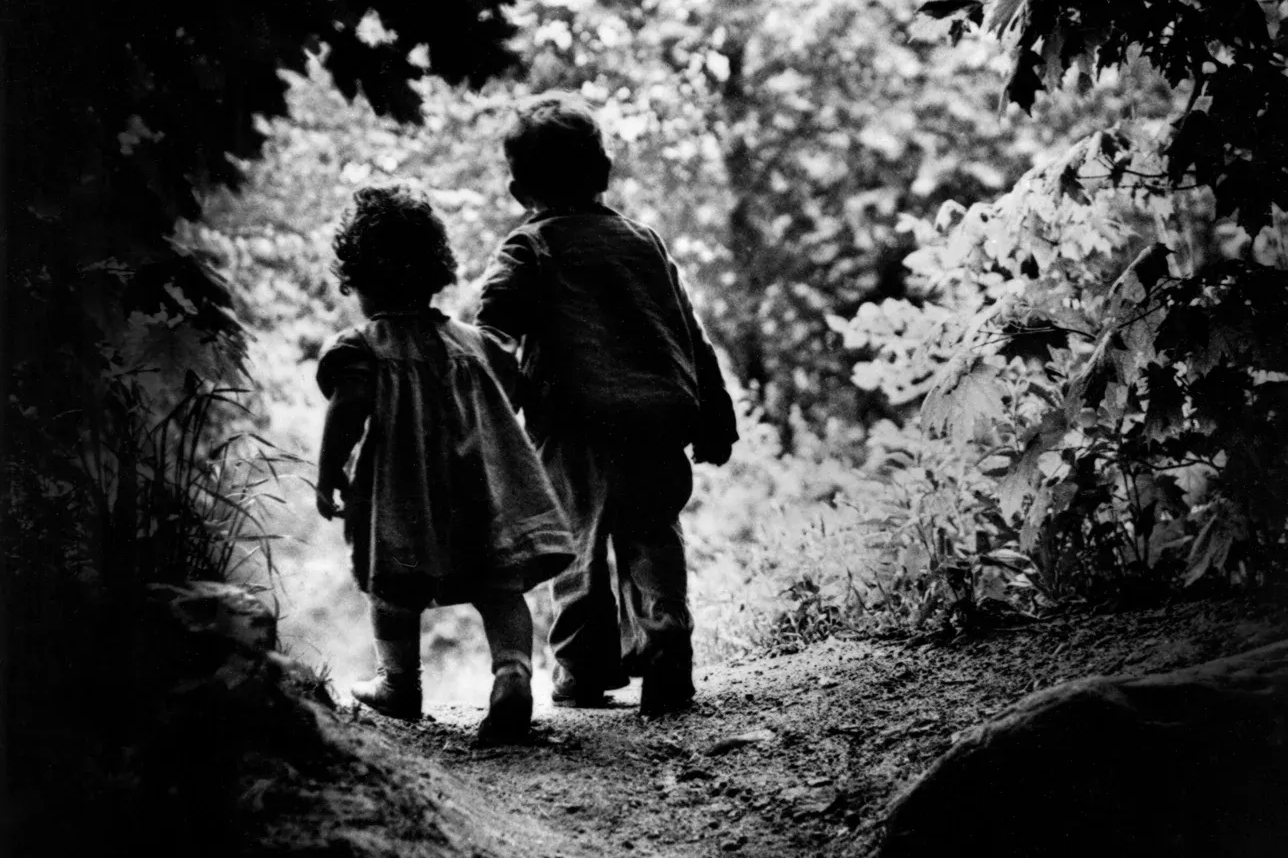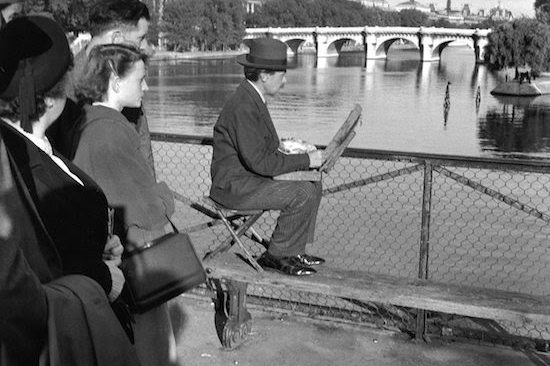ELLIOTT MCDOWELL
Elliott McDowell is known for his finely crafted images that abound with wonders, insights, and riddles. Elliott loves what he does and is grateful to be able to do it. His true hope is for his work to inspire, occasionally with a bit of fantasy, imagination, humor, and to bring a sense of respect for the great mystery of this life we all share. Photography is something that is deep rooted in his blood. It started in his boyhood when his parents gave him an inexpensive plastic Kodak Brownie and let me take photos of whatever he was attracted to. Looking into the viewfinder became a world of wonder, it was like entering into a different reality. He still has that feeling today.
He tried becoming a classic American photographer, lens faithful with black and white. The straight, “f-64” style was good training in technical perfection. In the 1970’s McDowell was an expert at traditional photography techniques, acclaimed for his impeccably printed photographs of quirky and playful subjects primarily in classic black and white. But conventional photographic realism didn’t interest him for long. He was drawn to Jerry Uelsmann’s revolutionary combination printing. The seamless joining’s of figures, landscapes, and interiors conjured worlds beyond normal perceptive consciousness, beyond “the thing itself” or the banalities of decisive moments. Surrealism was marginal in the American photographic credo. Visionary, addict of the super-real, McDowell prefers the margin. His sources are art history, spiritual literature, the silence of redwood forests, and Robert Monroe’s workshops that directed him in out-of-body experiences.
He remembers his dad telling him if you want to be good at something go seek out those that are the best in their field and watch how they do it. With that wisdom he went and participated in three consecutive years of Ansel Adam’s Yosemite summer workshops. He also benefited from the serendipity of his neighbor being Beaumont Newhall, the first curator of photography at the Museum of Modern Art in New York. When Beaumont retired, he relocated to New Mexico and Elliott had the good fortune of informal lectures on photographs of all the greats of the genre. He also had the opportunity to study with Laura Gilpin in Santa Fe.
“Seeing is one of the greatest of gifts that we as human beings can have. Photography has helped me do that, to be awake in the moment. When something I see stirs me, I know that an attempt must be made before the here and now becomes the past. For me, following this approach makes anything possible.”


